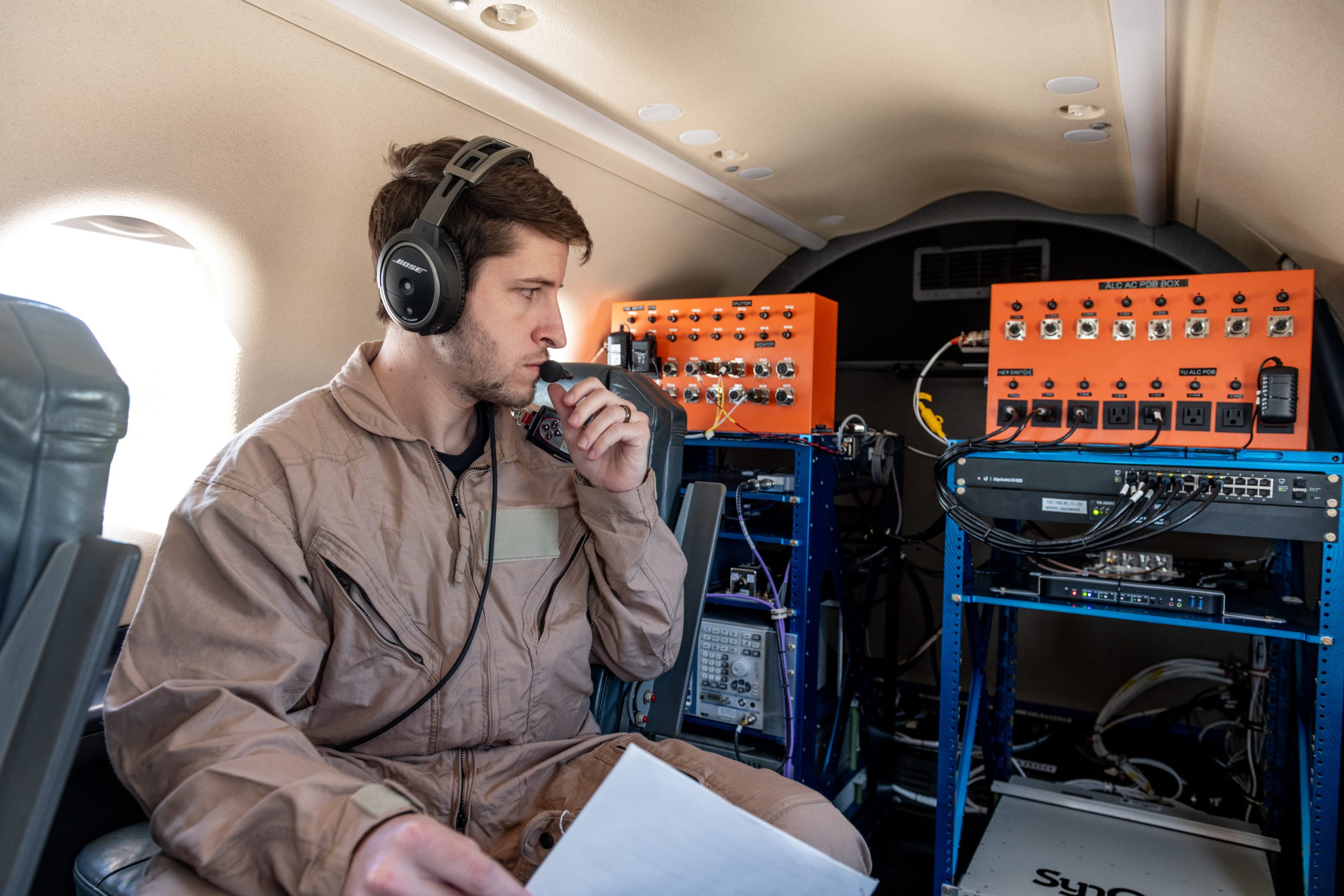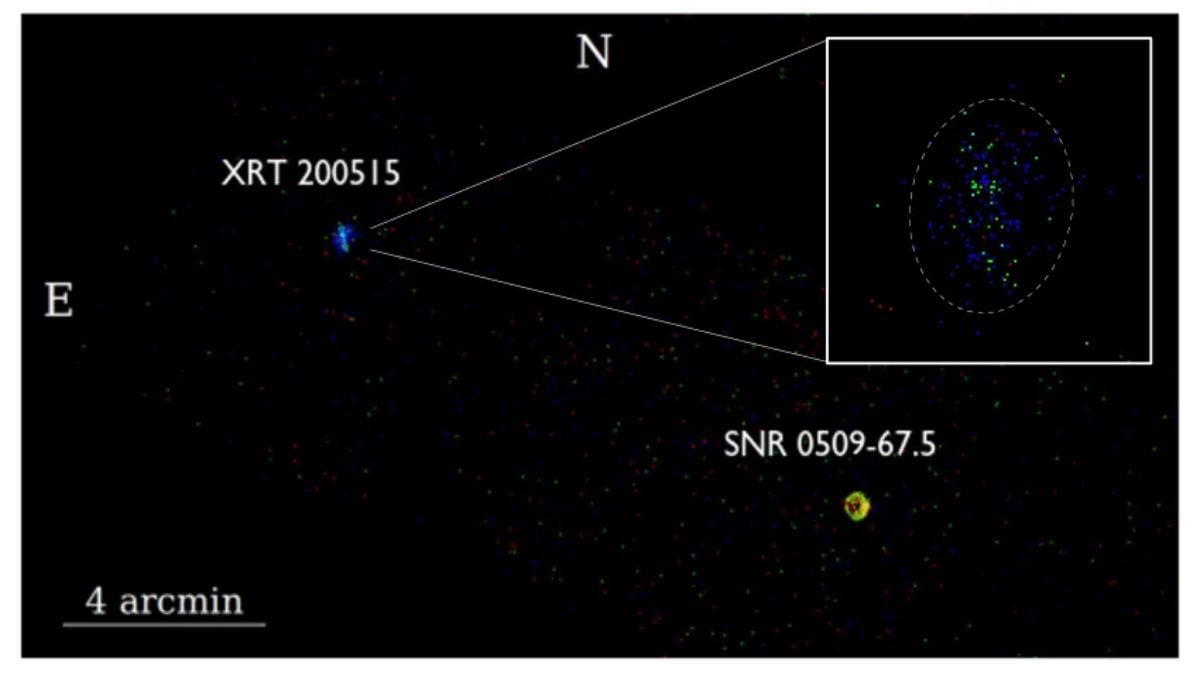NASA engineers are exploring how the technology used in existing cellphone networks could support the next generation of aviation.
In April and May, researchers at NASA’s Glenn Research Center in Cleveland built two specialized radio systems to study how well fifth-generation cellular network technology, known as 5G, can handle the demands of air taxi communications.
“The goal of this research is to understand how wireless cellphone networks could be leveraged by the aviation industry to enable new frontiers of aviation operations,” said Casey Bakula, lead researcher for the project, who is based at Glenn. “The findings of this work could serve as a blueprint for future aviation communication network providers, like satellite navigation providers and telecommunications companies, and help guide the Federal Aviation Administration’s plan for future advanced air mobility network requirements in cities.”
Instead of developing entirely new standards for air taxi communications, NASA is looking to see if the aviation industry could leverage the expertise, experience, and investments made by the cellular industry towards the development of reliable, secure, and scalable aviation networks. If 5G networks could provide an “80% solution” to the challenge, researchers can focus on identifying the remaining 20% that would need to be adapted to meet the needs of the air taxi industry.
5G networks can manage a lot of data at once and have very low signal transmission delay compared to satellite systems, which could make them ideal for providing location data between aircraft in busy city skies. Ground antennas and networks in cities can help air taxis stay connected as they fly over buildings, making urban flights safer.
To conduct their tests, NASA researchers set up a system that meets current 5G standards and would allow for future improvements in performance. They placed one radio in the agency’s Pilatus PC-12 aircraft and set up another radio on the roof of Glenn’s Aerospace Communications Facility building. With an experimental license from the Federal Aviation Administration (FAA) to conduct flights, the team tested signal transmissions using a radio frequency band the Federal Communications Commission dedicated for the safe testing of drones and other uncrewed aircraft systems.
During testing, NASA’s PC-12 flew various flight patterns near Glenn. The team used some of the flight patterns to measure how the signal could weaken as the aircraft moved away from the ground station. Other patterns focused on identifying areas where nearby buildings might block signals, potentially causing interference or dead zones. The team also studied how the aircraft’s angle and position relative to the ground station affected the quality of the connection.
These initial tests provided the NASA team an opportunity to integrate its new C-Band radio testbed onto the aircraft, verify its basic functionality, and the operation of the corresponding ground station, as well as refine the team’s test procedures. The successful completion of these activities allows the team to begin research on how 5G standards and technologies could be utilized in existing aviation bands to provide air-to-ground and aircraft-to-aircraft communications services.
In addition to meeting these initial test objectives, the team also recorded and verified the presence of propeller modulation. This is a form of signal degradation caused by the propeller blades of the aircraft partially blocking radio signals as they rotate. The effect becomes more significant as aircraft fly at the lower altitudes air taxis are expected to operate. The airframe configuration and number of propellers on some of the new air taxi models may cause increased propeller modulation effects, so NASA researchers will study this further.
NASA research will provide baseline performance data that the agency will share with the FAA and the advanced air mobility sector of the aviation industry, which explores new air transportation options. Future research looking into cellular network usage will focus on issues such as maximum data speeds, signal-to-noise ratios, and synchronization between aircraft and ground systems. Researchers will be able to use NASA’s baseline data to measure the potential of new changes or features to communications systems.
Future aircraft will need to carry essential communications systems for command and control, passenger safety, and coordination with other aircraft to avoid collisions. Reliable wireless networks offer the possibility for safe operations of air taxis, particular in cities and other crowded areas.
This work is led by NASAs Air Mobility Pathfinders project under the Airspace Operations and Safety Program in support of NASA’s Advanced Air Mobility mission.




